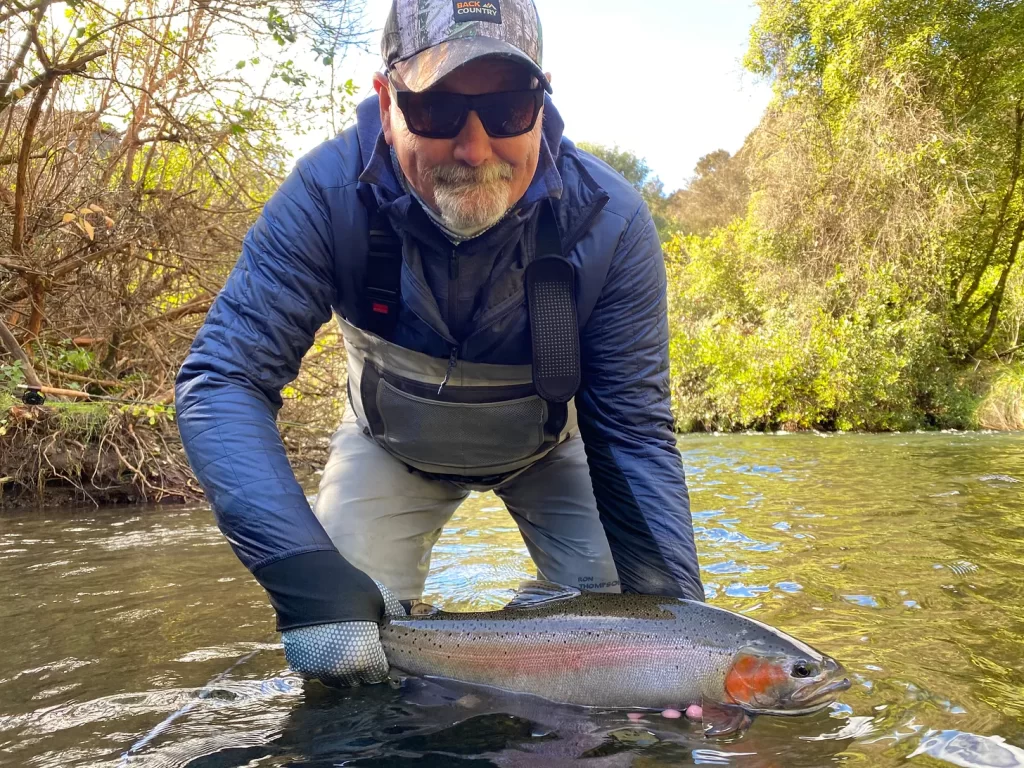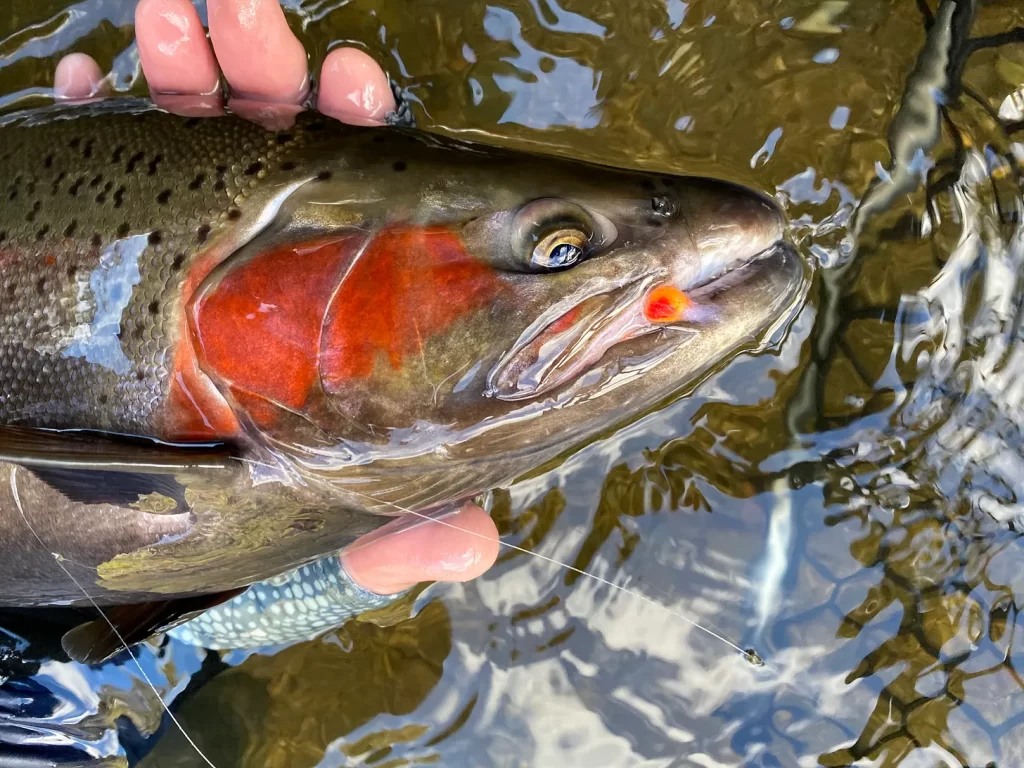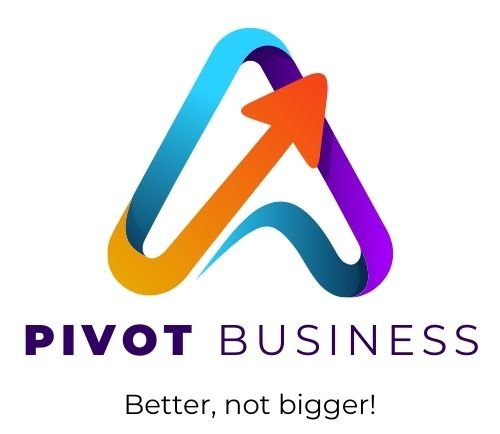You could have the perfect fly, tied with precision and care. You could cast it beautifully, land it delicately, and let it drift naturally. But nothing will happen if the trout is not hungry—or worse, if You have spooked it.
This is exactly where many businesses go wrong.
They jump to the “sale” without knowing if their customers are in the right frame of mind. If they are hungry or have a pain point, they push offers before understanding the pain points, the timing, or even where their customers hang out.
So let us take a lesson from the river. Let us talk about how to spot the signs your customers are ready to engage.
1. Understand the Trout Before You Cast
In fly fishing, this starts with knowing trout behaviour—where they sit, what they eat, how they respond to movement. In marketing, it starts with a deep understanding of the customer.
Ask yourself:
- What keeps them up at night?
- What is frustrating them in their work or life?
- What solutions have they already tried?
- Where are they gathering online or in-person to talk about it?
Your customer is the trout. Your job is to study their habitat, their behaviour, and their triggers. This is what Seth Godin calls “people like us, doing things like this.” If you can’t define who your people are and what they are doing, you are fishing blind.
2. Go Where the Fish Are Feeding
An experienced fly fisher does not waste casts on water where they cannot see fish. They look for the that grey smudge moving beneath the surface or the faint dimples of trout sipping mayflies. They look for activity.
In marketing, these are your engagement cues:
- Repeated website visits
- Comments on your content
- Social media follows or likes
- Email opens and click-throughs
- Direct replies or questions
Do not ignore these signals. They are your rise forms—they tell you that someone is looking for something. If your offer matches their intent, You have got a chance to hook them.
Tools that help you ‘read the water’:
- Google Search Console & Analytics (traffic patterns, bounce rate)
- Heatmaps (like Hotjar or Clarity)
- Social listening tools
- CRM tracking (like HubSpot or Mailchimp engagement scores)
You are not stalking in the dark. You are learning to interpret behaviour. You need to know where to look.

3. Match the Fly to the Feeding Behaviour
Just because the trout are active does not mean they will take any fly. You have got to match what they are feeding on—whether that’s a size 18 emerger or a size 12 nymph.
In marketing, this means relevance:
- Send the right message to the right person at the right time.
- Offer value that matches their current need—not what you want to sell.
- Speak in their language, not your own.
If they are feeding on practical guides, do not throw them a lofty mission statement. If they want short videos, do not send them a white paper.
Marketing is not about persuasion—it is about alignment.
4. Timing Matters: Do not Cast Too Soon (or Too Late)
Even with perfect gear and flawless technique, you can still blow it by casting at the wrong time.
The same applies in business. Showing up before the customer is ready? You will be ignored. Arrive after the need has passed? Missed opportunity.
How to stay in sync with customer timing:
- Use email automation to follow up when interest peaks!
- Retarget website visitors within a relevant time frame.
- Listen closely to real-world signals—questions asked, problems raised, timing of events (e.g. seasonal needs, fiscal year-end, project phases)
The goal is not just to be there—it is to be there when they are ready.
5. Natural Presentation Builds Trust
You have seen it before: a perfect cast ruined by drag. The fly moves unnaturally, and the trout disappears. It is the same in marketing. If your offer feels forced, exaggerated, or overly polished, it will break the trust.
Natural presentation = authenticity:
- Speak like a human, not a brand.
- Show genuine understanding of your customer’s world.
- Deliver value before asking for the sale.
Your message should feel like a mayfly drifting past on the current. Effortless. Expected. Safe to take.

Final Thoughts: Read the River Before You Cast
If Post 1 was about approaching quietly, Post 2 is about knowing when to act.
Great marketing is not a numbers game. It is an attention game. And like fly fishing, it is rooted in empathy, precision, and timing.
Find your trout. Know where they feed. Read the signs. And then—only then—make your cast.

